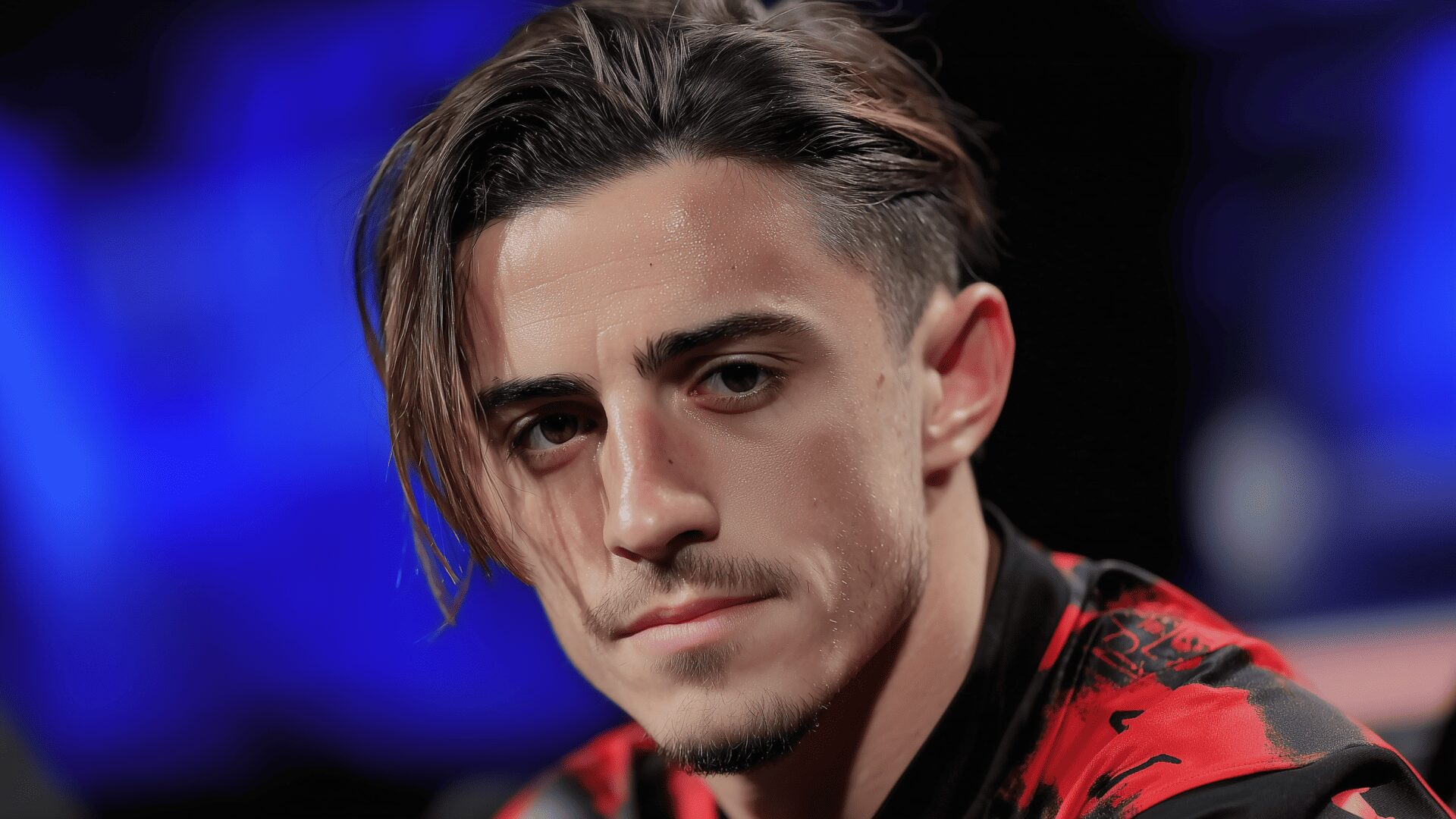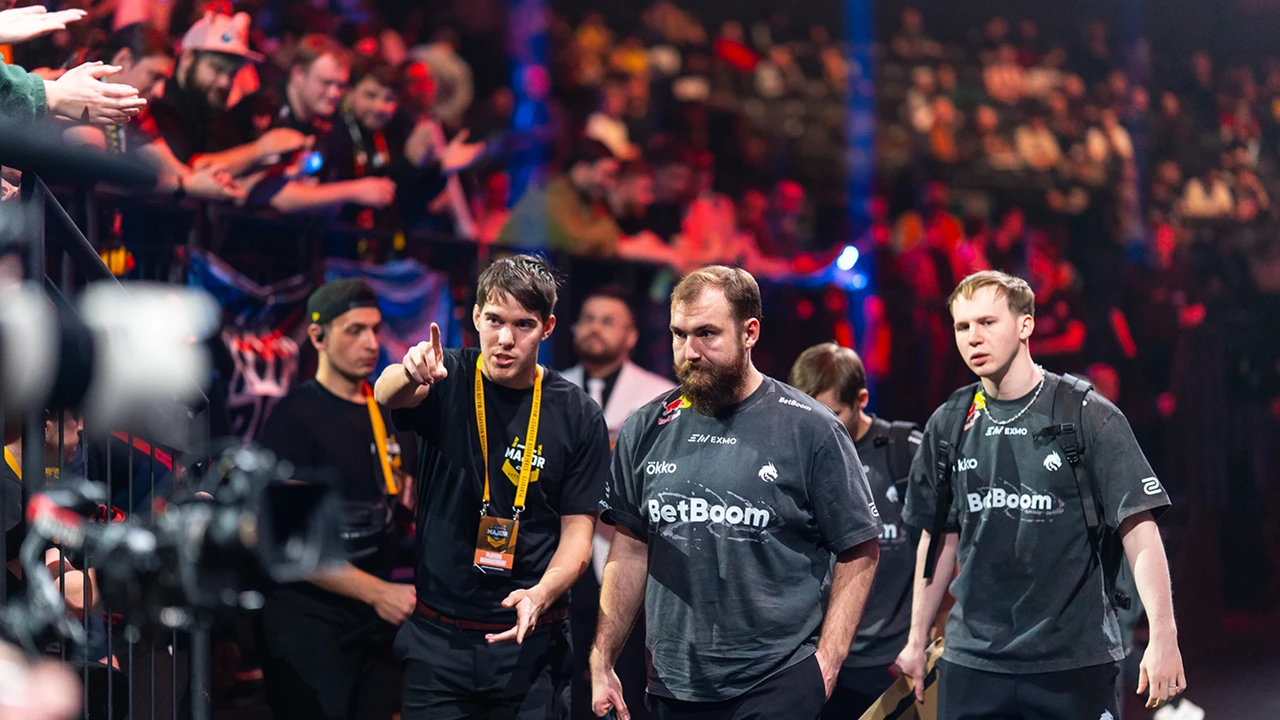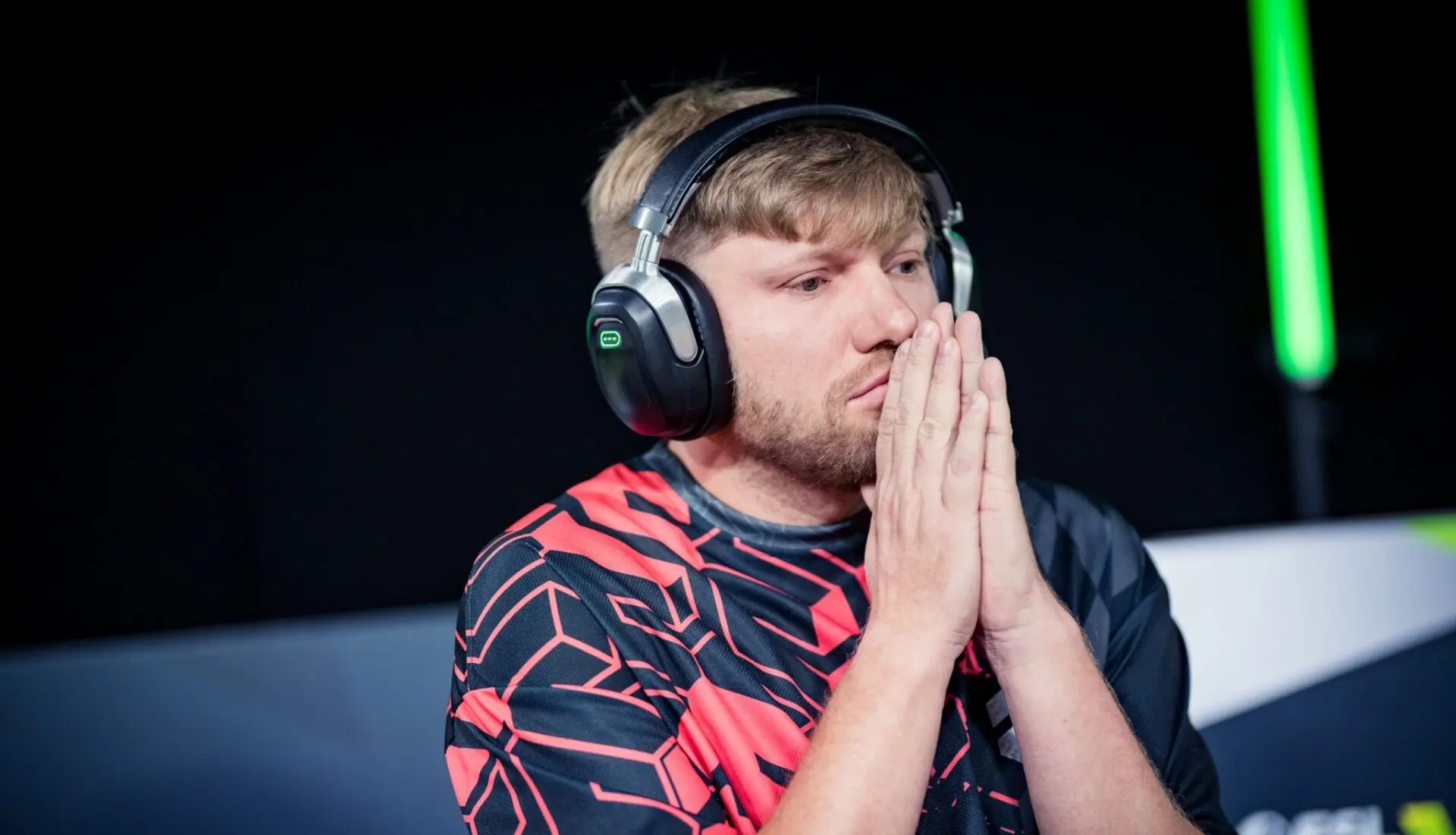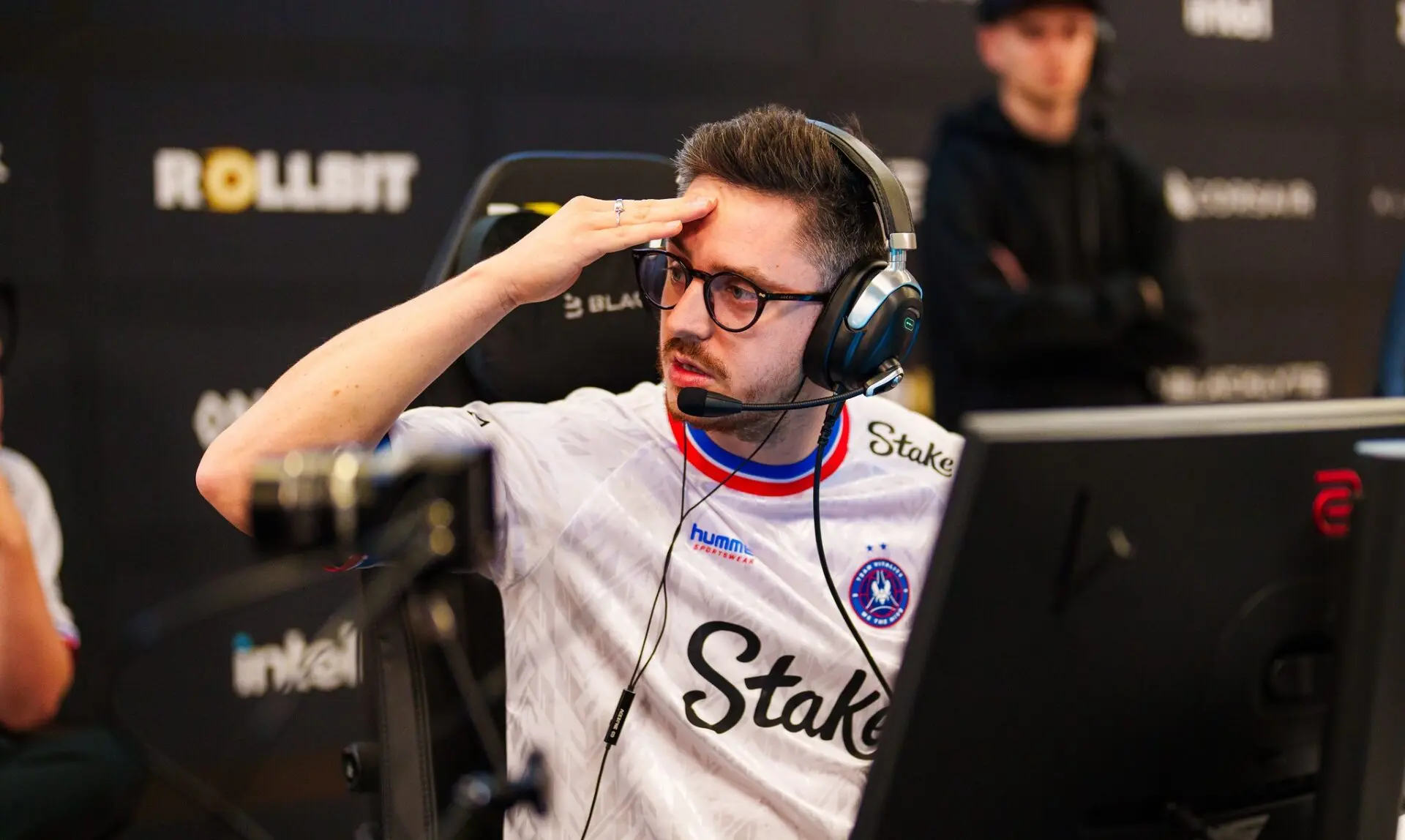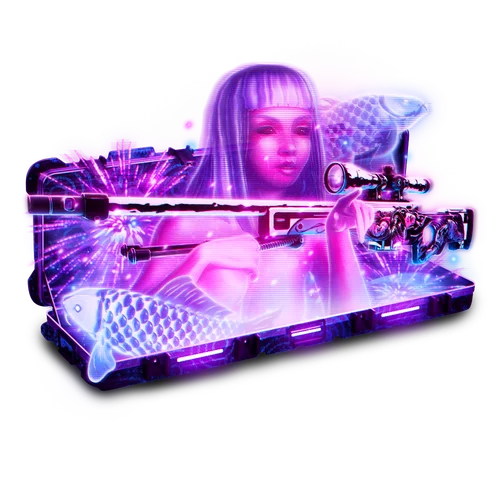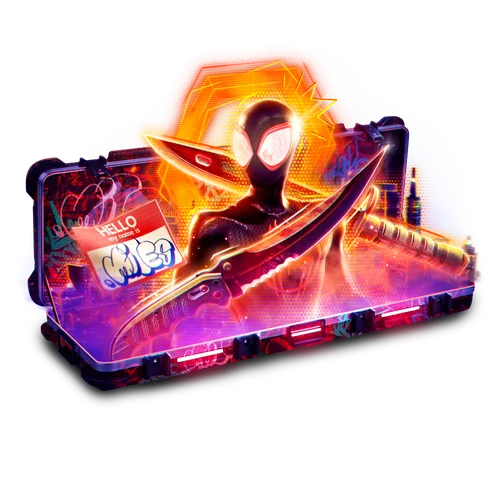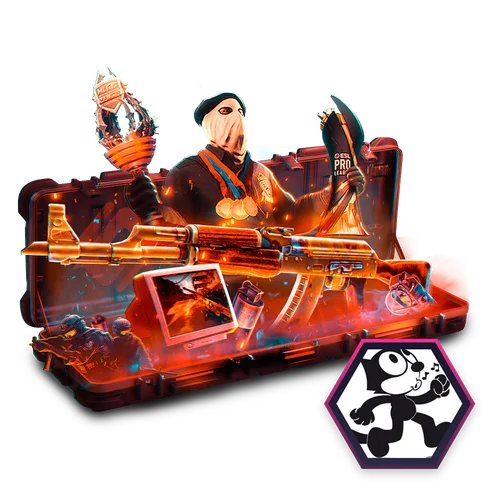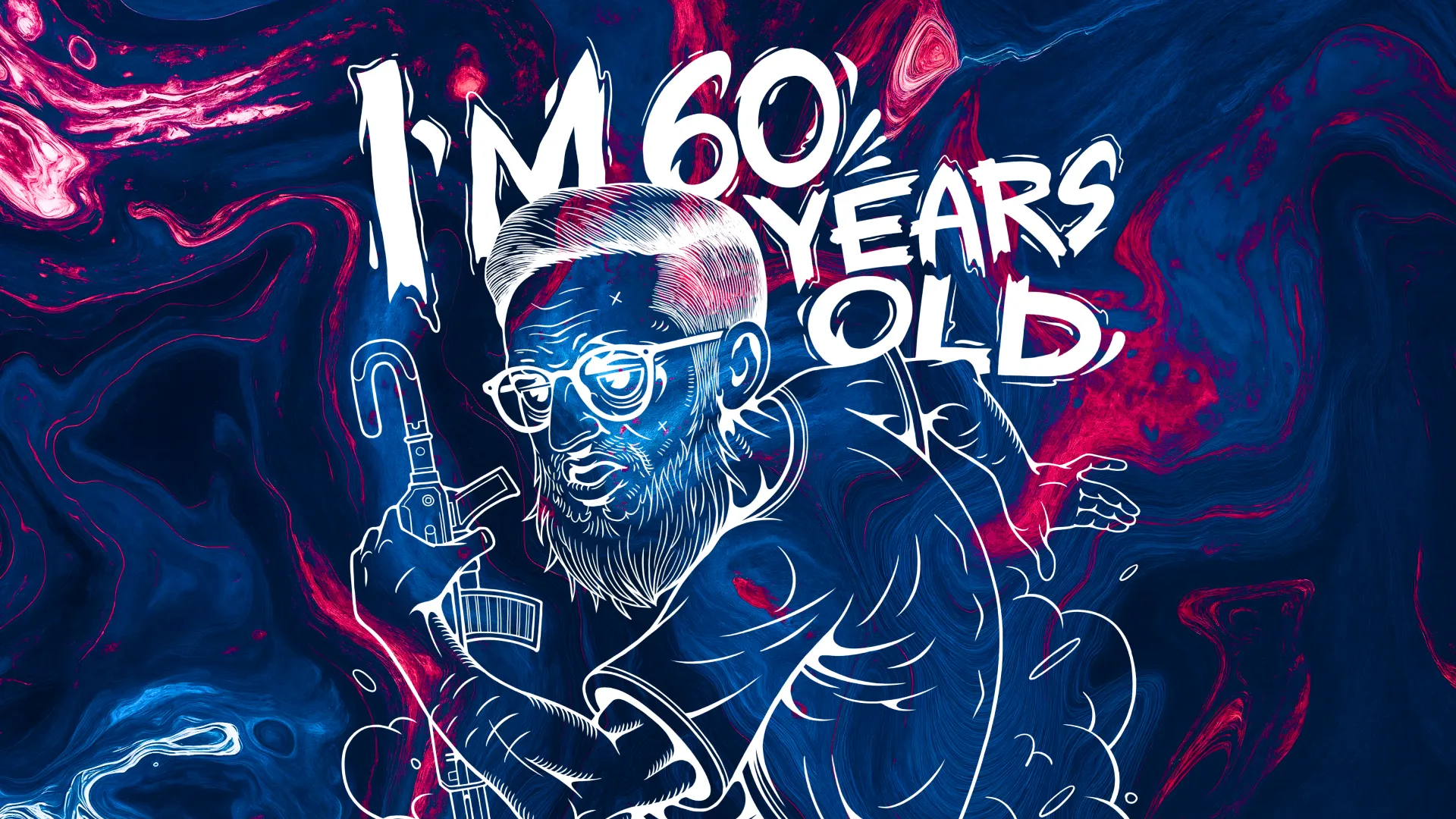In 2019, Astralis was considered the ideal of professional Counter-Strike — a team that dominated the scene and set the standard for the discipline. Yet behind the curtain of success lay another reality: even with three Majors in two years, the organization was operating at a loss.
Champion salaries and the financial hole
Peter “dupreeh” Rasmussen, a five-time Major champion, revealed that in 2019 the players of Astralis’ “golden roster” earned €30,000 per month, excluding prize money and bonuses. At that time, the team was at the peak of its career — six titles in a single year, $2.1 million in prize winnings, and the status of the best team in the world.
But despite their sporting achievements, the financial indicators were grim: according to official reports, the organization’s net losses exceeded $5 million. While the team dominated the stage, Astralis’ business model struggled under the pressure of high salaries and operational costs.
The golden era of Astralis
2018–2019 became a symbol of total dominance by the Danes. Under the leadership of zonic, the lineup of device, dupreeh, Xyp9x, gla1ve, and Magisk won three consecutive Majors and transformed the very culture of professional play. Astralis were the first to introduce a systematic approach to tactics, analytics, and psychological preparation — something that would later become standard in CS.
However, this success came at a price. In the pursuit of “the best conditions on the scene,” the organization set a salary benchmark that most competitors could not afford.
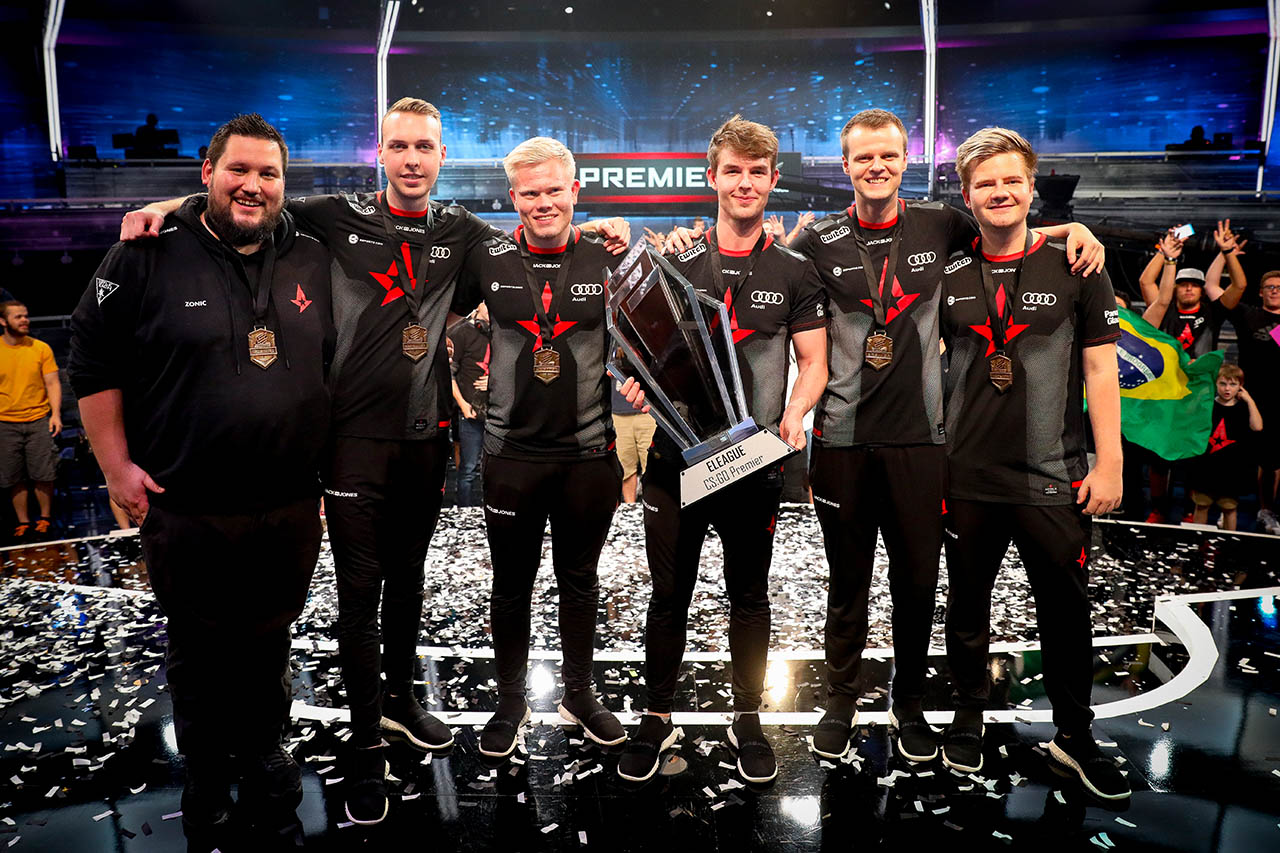
Analysis: a model that burned itself out
Astralis attempted to build a corporate esports ecosystem in which the team functioned as a full-fledged brand: its own offices, PR departments, sports psychologists, marketing, and media production. This gave the organization global influence but proved financially unsustainable.
While in 2019 players earned tens of thousands of euros each month, revenues from sponsors and broadcasts did not cover even half of the expenses. At that time, there were no franchised leagues or stable commercial contracts — Astralis was effectively “buying” its own prestige.
Dupreeh — a living symbol of an era
Peter Rasmussen spent six years with Astralis, winning four Majors with the Danish roster and one more with Vitality in 2023. His career is a chronicle of Counter-Strike’s evolution — from small local LANs to million-dollar contracts. Today, he is the most decorated player in CS history, having personally witnessed how the age of giants gradually turned into a market driven by cold calculation.
read more
The legacy of Astralis
Astralis became a victim of its own success. Its legacy is not only the trophies but also a reminder that the golden era of esports came with a price — one that even champions could not always afford.
In 2019, the team lived like a professional sports club but played in a world that was not yet ready for such scale. And although dupreeh has already stepped away from the stage, his words about Astralis’ salaries sound like the final note to a story that forever changed Counter-Strike.













































